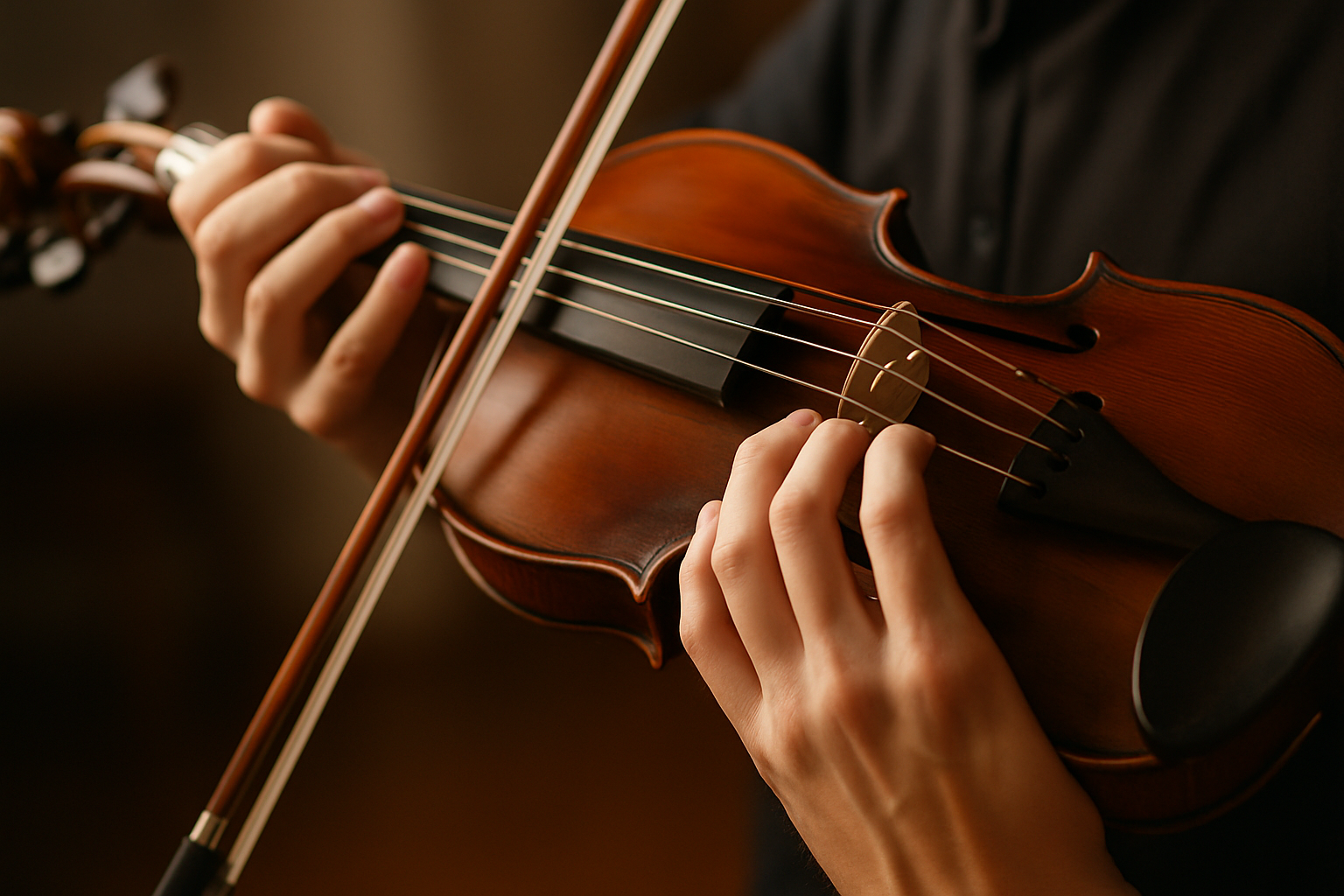When people speak, they use pauses, emphasis, and inflection to make their words meaningful. Music works the same way. Notes by themselves are like words, but phrasing organizes them into sentences and gives them life. Musical phrasing is the art of shaping notes into expressive ideas that sound natural, emotional, and intentional.
Without phrasing, music feels mechanical. With it, music becomes communication. In this article, we’ll explore what phrasing is, why it matters, common techniques, and practical ways beginners can apply it.
What Is Musical Phrasing?
Musical phrasing is how a musician shapes a group of notes into a coherent idea, much like a sentence in speech. It involves choices about dynamics, articulation, timing, and breathing.
For example:
- A singer may emphasize certain words with stronger volume.
- A violinist may swell in volume toward the middle of a phrase, then taper off.
- A pianist may slightly delay one note to create tension.
These decisions give music flow and emotional direction.
Why Phrasing Matters
1. Creates Expression
Phrasing transforms notes from mechanical patterns into emotional statements.
2. Guides the Listener
Clear phrasing helps audiences follow the structure of a piece, just as punctuation guides reading.
3. Connects Music to Speech
Because phrasing mirrors natural language, it makes performances feel human and relatable.
4. Enhances Interpretation
Every musician phrases differently. Phrasing is what gives individuality and style.
5. Prevents Monotony
Without phrasing, notes blur into sameness. Phrasing adds shape, contrast, and variety.
Elements of Phrasing
1. Dynamics
Changing volume creates rise and fall, like stress in spoken language.
2. Articulation
Smooth (legato), detached (staccato), or accented notes influence phrasing.
3. Timing
Small adjustments in tempo, such as slight rubato, make phrases more expressive.
4. Breathing
For singers and wind players, breaths define natural phrase boundaries. Even instrumentalists should “breathe” with their phrases.
5. Silence
Pauses between phrases give music space, just as rests in speech give meaning.
Common Types of Phrasing
- Question and Answer: One phrase feels like a question, followed by a resolution.
- Crescendo/Diminuendo Phrases: Volume builds toward the middle and then fades.
- Echo Phrasing: A phrase is repeated more softly or differently, like an echo.
- Contrast Phrasing: Alternating smooth and accented phrases for variety.
Common Mistakes in Phrasing
- Playing Mechanically – Treating all notes equally without variation.
- Ignoring Breath Marks – For singers and wind players, phrasing collapses without planned breathing.
- Overdoing Rubato – Excessive timing changes make music feel unstable.
- Neglecting Silence – Skipping pauses makes music feel rushed.
How to Practice Phrasing
Step 1: Listen Actively
Study how professional musicians phrase the same piece differently. Notice where they rise, fall, pause, or accent.
Step 2: Sing Phrases
Even if you’re not a singer, vocalizing helps you feel natural phrasing.
Step 3: Mark the Score
Highlight phrase boundaries, crescendos, or breath marks in your sheet music.
Step 4: Experiment With Variations
Play the same phrase in different ways—louder, softer, slower, smoother. Compare the effects.
Step 5: Record and Reflect
Recording yourself reveals whether phrasing sounds intentional or flat.
Exercises for Beginners
- Phrase Shaping With Scales: Don’t just play scales mechanically. Add dynamics: crescendo up, diminuendo down.
- Four-Note Phrases: Create short musical “sentences” out of four notes with varying articulation.
- Breathing Exercise: Sing or play a simple melody, focusing on where you naturally pause for breath.
- Storytelling With Melody: Assign a story or emotion to a melody and phrase it accordingly.
Phrasing Across Instruments
- Piano: Use dynamics, pedaling, and timing to shape phrases.
- Strings: Bow speed, pressure, and vibrato influence phrasing.
- Winds/Brass: Breath control defines phrase length and intensity.
- Voice: Emphasis on text naturally guides phrasing.
- Percussion: Even with rhythm-based instruments, accents and dynamics shape phrases.
Phrasing in Different Styles
- Classical: Emphasis on long, structured phrases with subtle dynamics.
- Jazz: Flexible phrasing with swing, syncopation, and improvisation.
- Pop: Clear, short phrases often tied to lyrics.
- Blues: Expressive bends and slides add emotional phrasing.
- World Music: Each tradition brings unique phrasing styles influenced by culture and language.
How Phrasing Affects Performance
Phrasing is what separates playing notes from performing music. Two musicians can play the same piece note-for-note, but phrasing makes one performance sound lifeless and the other unforgettable.
Audiences rarely notice technical perfection alone, but they always notice emotional phrasing.
Developing Your Personal Phrasing Style
- Imitate, Then Innovate: Start by copying professionals, then experiment with your own ideas.
- Connect Emotionally: Ask, What am I trying to express with this phrase?
- Stay Flexible: Adjust phrasing to different contexts—solo practice, ensemble playing, or performance.
- Balance Technique and Emotion: Don’t let technical focus overshadow expressive phrasing.
Long-Term Benefits of Mastering Phrasing
- More expressive performances.
- Stronger emotional connection with audiences.
- Increased enjoyment of practice.
- Development of a unique artistic voice.
Final Thoughts: Phrasing as Music’s Language
Phrasing is the bridge between notes and meaning. Without it, music is just sound; with it, music becomes expression. Learning phrasing takes time, but even beginners can start experimenting by shaping dynamics, breathing naturally, and adding intention to every phrase.
Remember: notes are the words, but phrasing is the conversation. Master phrasing, and your music will not just be heard—it will be felt.
